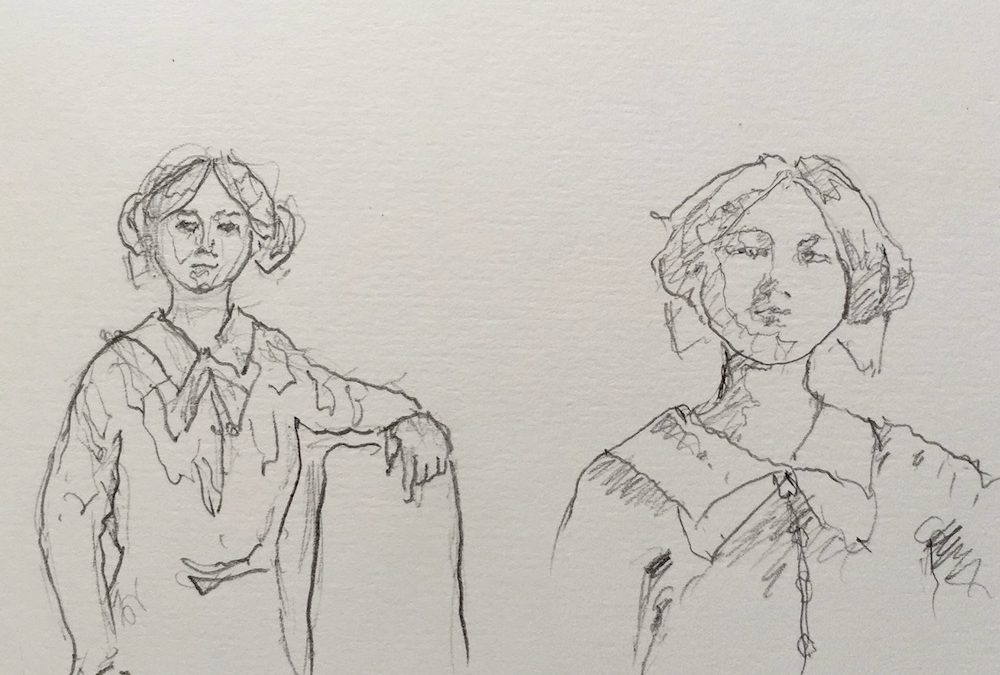Unfortunately, neither she nor her cousin realised that they were both carriers of a regressive gene that caused both their two youngest daughters to be born with microcephaly (abnormal smallness of the head, a congenital condition associated with incomplete brain development.)
Maria and her husband decided to take up the government’s offer of a free farm in German West Africa (today called Namibia). Thus, they left their village in the then Union of South Africa, and with the basic necessities and four daughters boarded the train to Windhoek, the capital of German West Africa. On their arrival they got an ox wagon, loaded their supplies and departed for Gobabis to the east of Windhoek: father, mother and their four daughters aged between 5 years and 3 months.
Sadly, her husband Albertus contracted pneumonia and died. Once again, Maria loaded her belongings and set off on the journey back to South Africa – with her four little girls. They travelled by ox wagon to Windhoek, by train to Walvis Bay, by boat to Luderitz, and once again by train to Bethulie in the south-east Orange Free State. This last leg of their journey lasted three months due to storms damaging the train tracks.
And that was before the era of disposable nappies!
On their arrival in Bethulie, they lived in a very simple little home with cow dung floors for which a cow dung and mud mixture was used. The soil of an abandoned anthill provided an ideal clay for this purpose. When this was correctly applied/laid, it formed an even and durable floor. The surface was then maintained by a mixture of fresh cow dung and water as a means to have a dust free and even floor. They sometimes even used a peach stone to draw designs on the floor while it was still wet.
Maria started working as a shop assistant at the general dealer in Bethulie and raised her four children under difficult circumstances.
She played the piano, guitar, piccolo, and was organist in the local church. She also directed the local drama club. On top of that Maria was the first female passenger on a motorcycle as well as the first woman to drive a car in her village.
The yellow-wood wagon chest in which they kept their bread during their travels in German West Africa has a place of honour in the home of one of my younger sisters – a reminder of our grandmother Maria.

